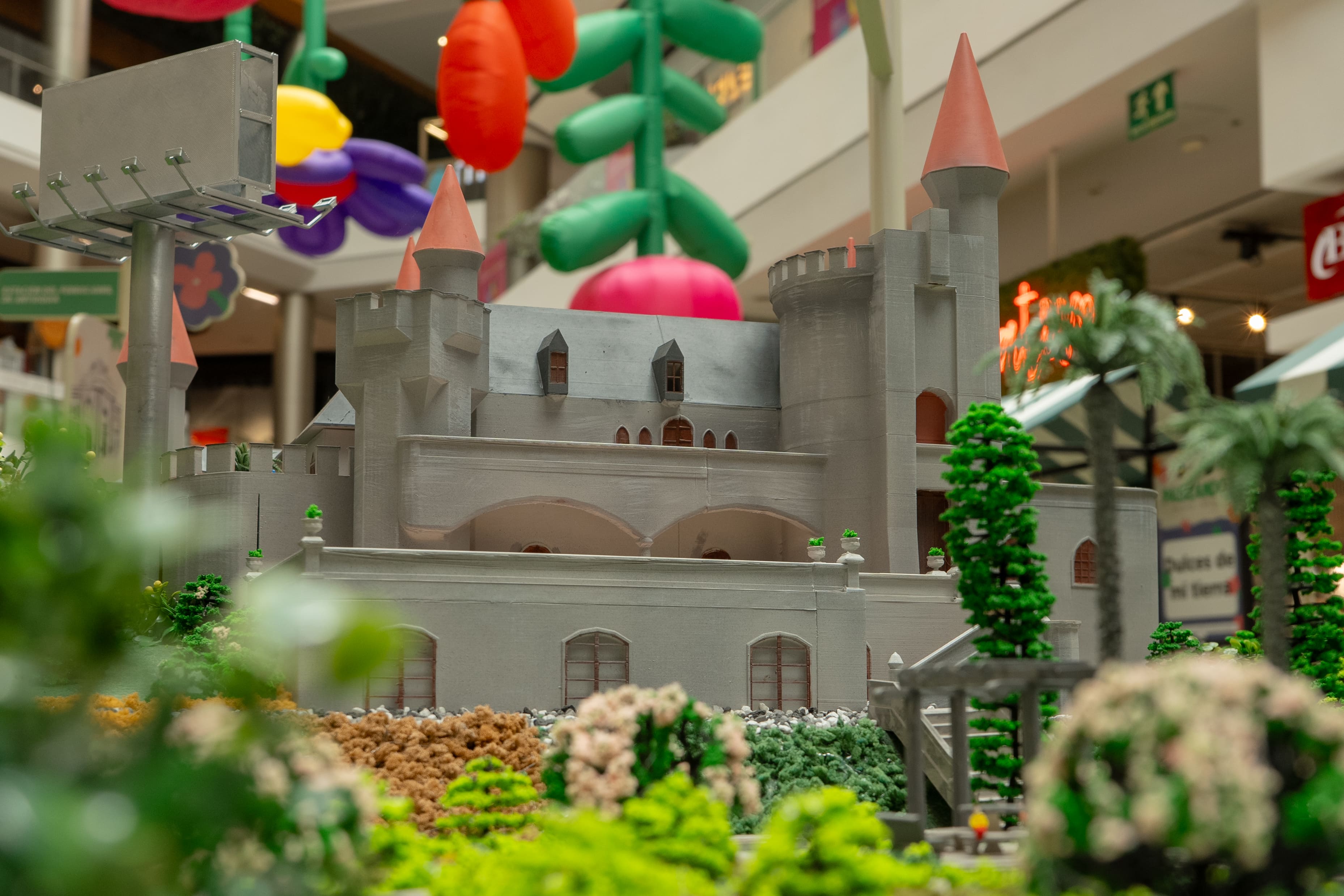Paiseando museo el castillo

The El Castillo Museum, located in the EL Poblado neighborhood, began its construction in 1930 by architect Nel Rodríguez. This medieval Gothic-style building is similar to the castles of the Loire in France, and has French-style gardens, libraries, exhibition rooms and of concerts. Its design combines Gothic, romantic and Renaissance architectural elements; Its towers, battlements, pointed windows and latticed balconies stand out.
It was built and intended to be the country house of José Tobón Uribe, who had brought the plans, until he died in 1942 and Diego Echavarría Misas, an important industrialist from the municipality of Itagüí al, acquired it to convert it into his family's residence. family.
In 1971 it became a Museum when Diego Echavarría's wife Misas; Doña Dita decides to donate the castle with all its decoration and accessories after the kidnapping and murder of her husband. In 1976, the El Castillo Museum was declared a National Monument, thus recognizing its historical, architectural and cultural value for the country.
It currently houses the largest collection of decorative art in Colombia, with works by important artists such as Débora Arango, Alejandro Obregón, Fernando Botero and many more. In addition, it also has pieces of decorative art, furniture and belongings from the last family that lived there.
The museum is surrounded by beautiful gardens and landscapes that complement its historical and cultural atmosphere. Visitors can enjoy tree-lined paths, fountains and green areas. The gardens were designed by Belgian-German landscape designer Richard Schimpf, and are an integral part of the museum experience and have been carefully maintained over the years.
Currently, the El Castillo Museum not only functions as an artistic exhibition space, but also as a stage for cultural events such as concerts, conferences, workshops, literary presentations and social events. In addition, it is the headquarters of the El Castillo Museum Foundation and the Transportation Museum Foundation.
